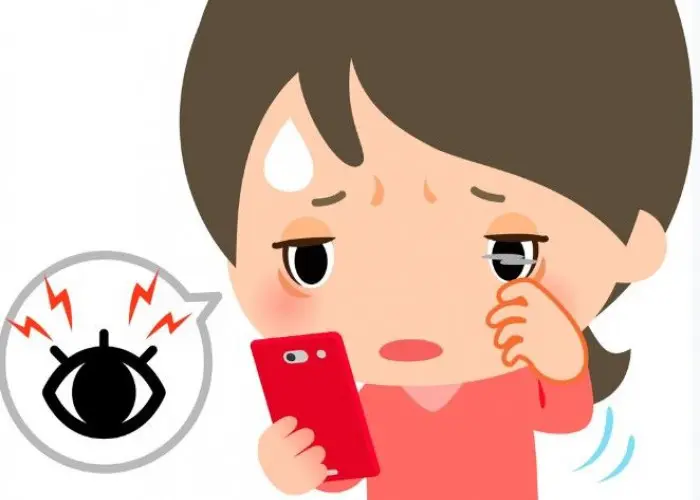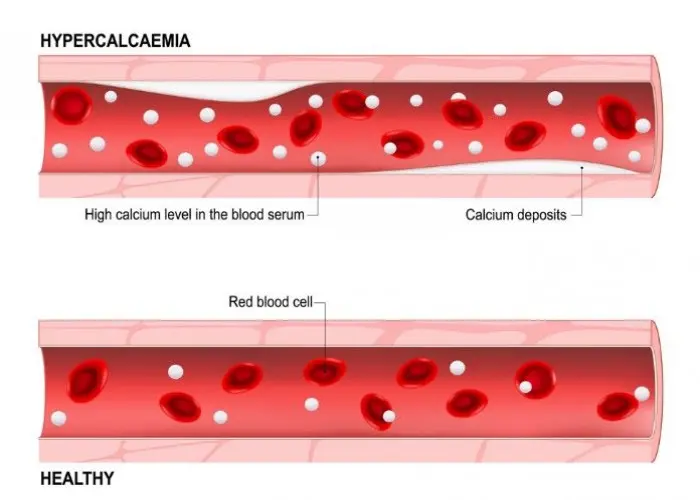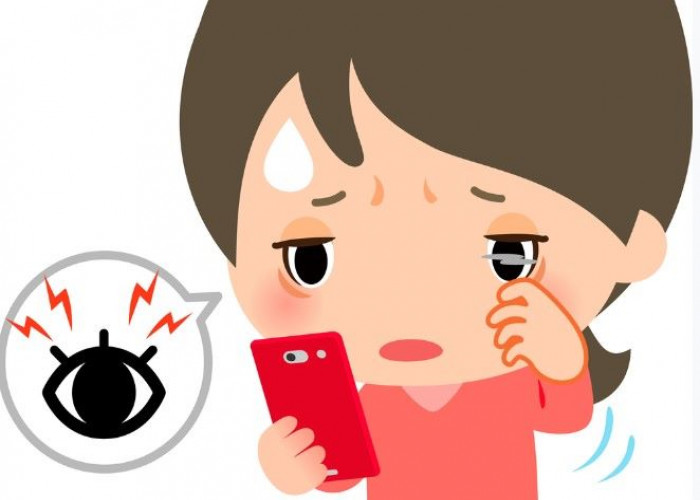 Welcome
Welcome
“May all be happy, may all be healed, may all be at peace and may no one ever suffer."
Eyestrain

Eyestrain, also known as asthenopia, is a common condition that occurs when the eyes become fatigued due to prolonged use or other causes. It can cause discomfort, pain, or a burning sensation in the eyes and may be accompanied by headache or neck pain.
There are many possible causes of eyestrain, including:
- Prolonged use of digital devices such as computers, tablets, or smartphones
- Poor lighting or glare in the working environment
- Reading or doing other close work for extended periods of time
- Driving for long periods of time
- Exposure to dry air or windy conditions
- Underlying eye conditions, such as dry eye syndrome or uncorrected refractive errors
To prevent eyestrain, it is important to take frequent breaks when performing tasks that require prolonged use of the eyes. The American Academy of Ophthalmology recommends following the 20-20-20 rule, which involves taking a 20-second break every 20 minutes to look at something 20 feet away. It is also important to make sure that the working environment is properly lit and free from glare.
Other measures to prevent eyestrain include:
- Positioning the computer screen at the right distance and height
- Using a comfortable chair and positioning it at the right height
- Adjusting the screen brightness and contrast to minimize glare
- Keeping the eyes moist with eye drops or by blinking more frequently
- Getting regular eye exams to ensure that any underlying eye conditions are detected and treated
If eyestrain persists despite these measures, or if it is accompanied by other symptoms such as double vision or vision loss, it is important to see an eye doctor for an evaluation.
Research Papers
Disease Signs and Symptoms
- Eye fatigue
- Itchy eye
- Eye pain or burning
- Watery eyes
- Double vision (diplopia)
- Blurred vision of eye
- Headaches
- Sensitivity to light (Photophobia)
- Feeling that you cannot keep your eyes open
Disease Causes
Eyestrain
Common causes of eyestrain include:
- Looking at digital device screens
- Reading without pausing to rest your eyes
- Driving long distances and doing other activities involving extended focus
- Being exposed to bright light or glare
- Straining to see in very dim light
- Having an underlying eye problem, such as dry eyes or uncorrected vision (refractive error)
- Being stressed or fatigued
- Being exposed to dry moving air from a fan, heating or air-conditioning system
Computer and digital device use
Extended use of computers and other digital devices is one of the most common causes of eyestrain. The American Optometric Association calls this computer vision syndrome, or digital eyestrain. People who look at screens two or more hours in a row every day have the greatest risk of this condition.
Computer use strains eyes more than reading print material because people tend to:
- Blink less while using computers (blinking is key to moistening the eyes)
- View digital screens at less than ideal distances or angles
- Use devices that have glare or reflection
- Use devices with poor contrast between the text and the background
In some cases, an underlying eye problem, such as eye muscle imbalance or uncorrected vision, can cause or worsen computer eyestrain.
Some other factors that can make the condition worse include:
- Glare on your screen
- Poor posture
- Setup of your computer workstation
- Circulating air, such as from air conditioning or a nearby fan
Disease Prevents
Disease Treatments
Generally, treatment for eyestrain consists of making changes in your daily habits or environment. Some people may need treatment for an underlying eye condition.
For some people, wearing glasses that are prescribed for specific activities, such as for computer use or for reading, helps reduce eyestrain. Your doctor may suggest that you take regular eye breaks to help your eyes focus at different distances.
Disease Diagnoses
Disease Allopathic Generics
Disease Ayurvedic Generics
Disease Homeopathic Generics
Disease yoga
Eyestrain and Learn More about Diseases

Hypercalcemia

Supraventricular tachycardia

Aortic valve stenosis

Laryngitis

Morphea

Shin splints

Histoplasmosis

Giardia infection (Giardiasis)
eyestrain, আইস্ট্রেইন
To be happy, beautiful, healthy, wealthy, hale and long-lived stay with DM3S.
